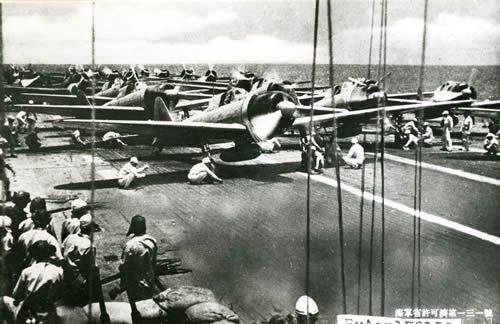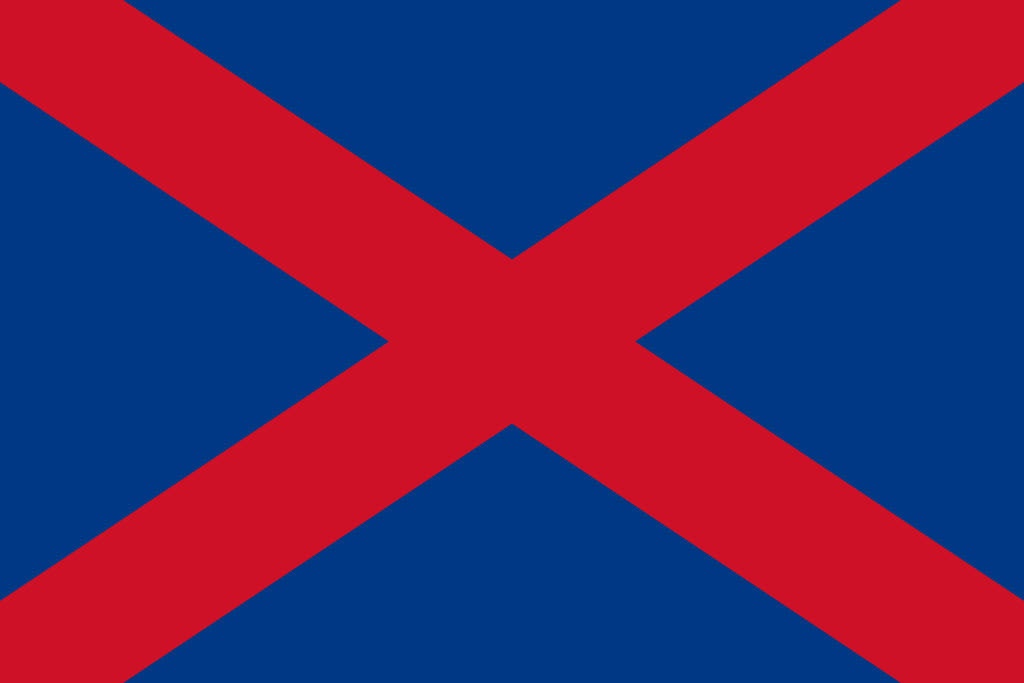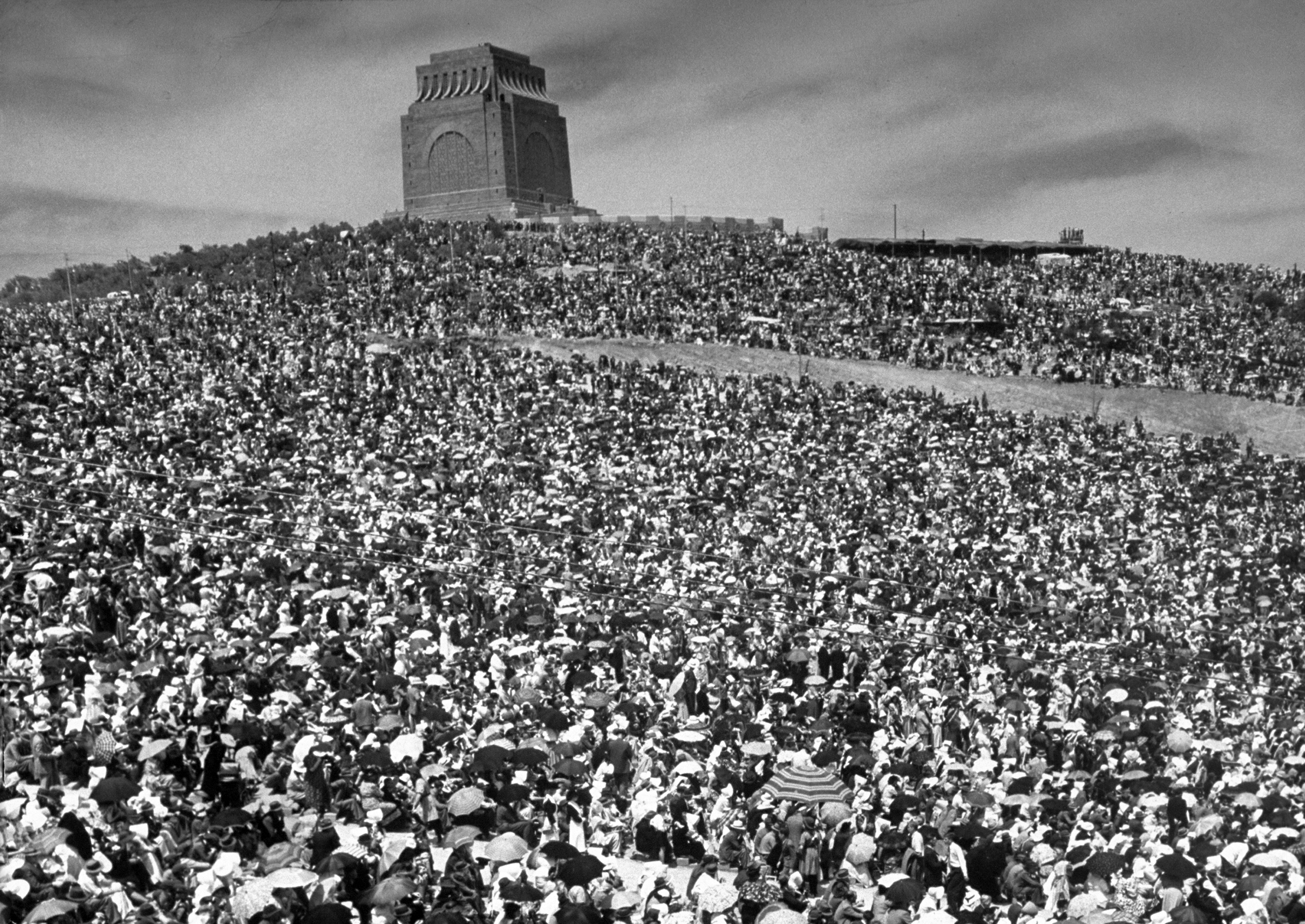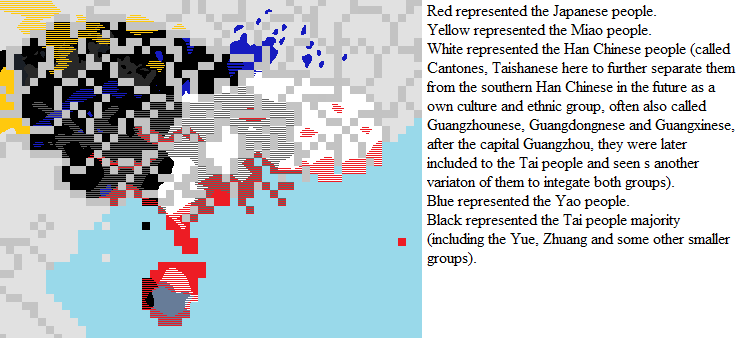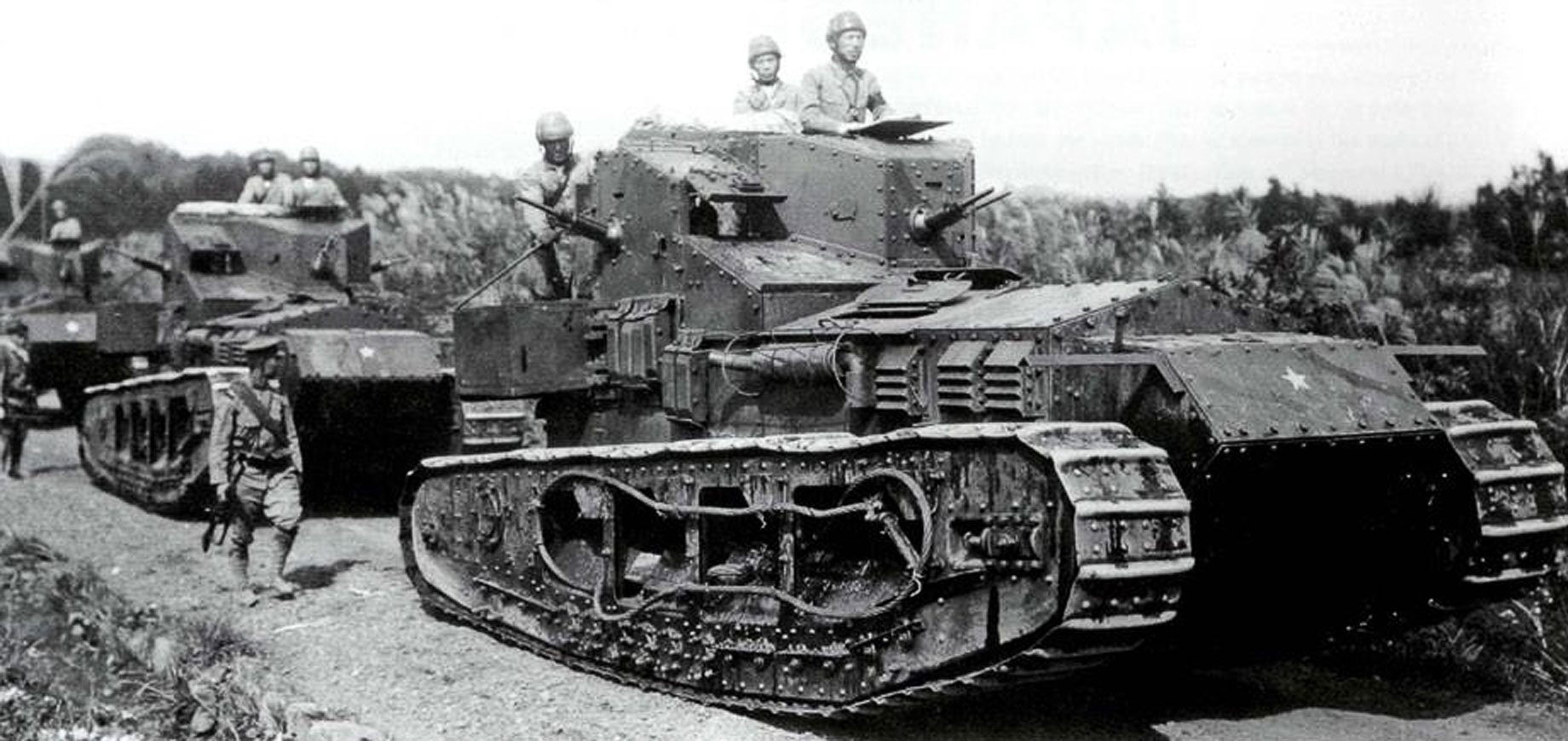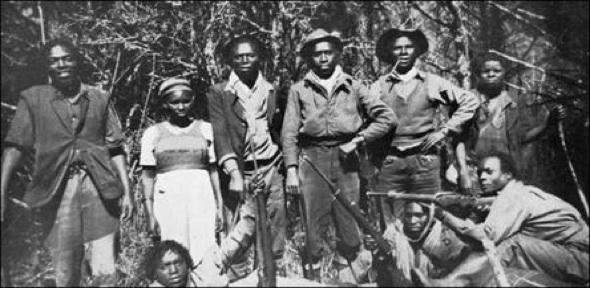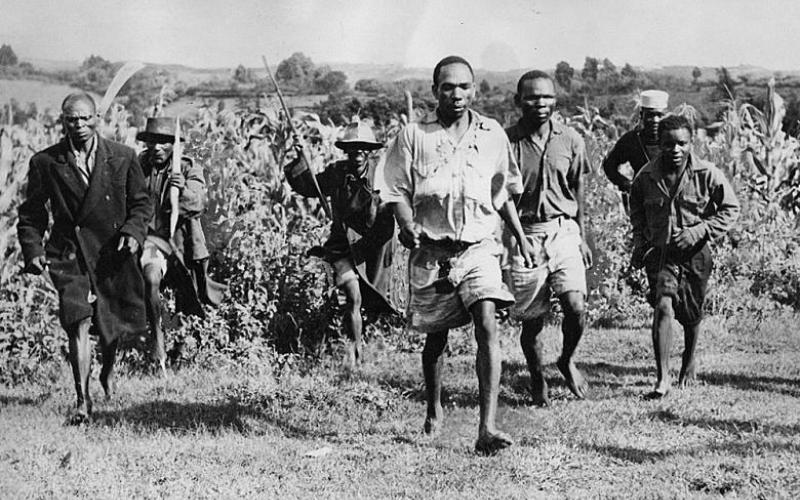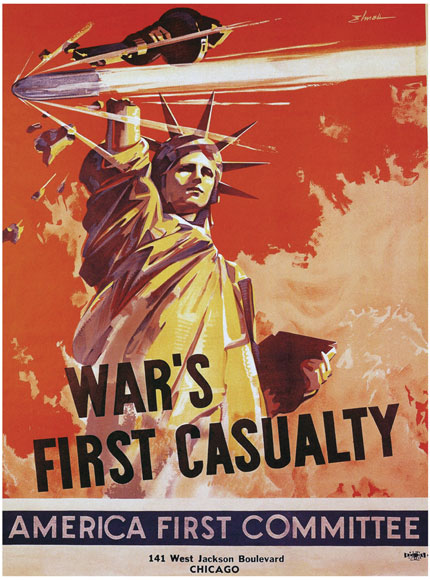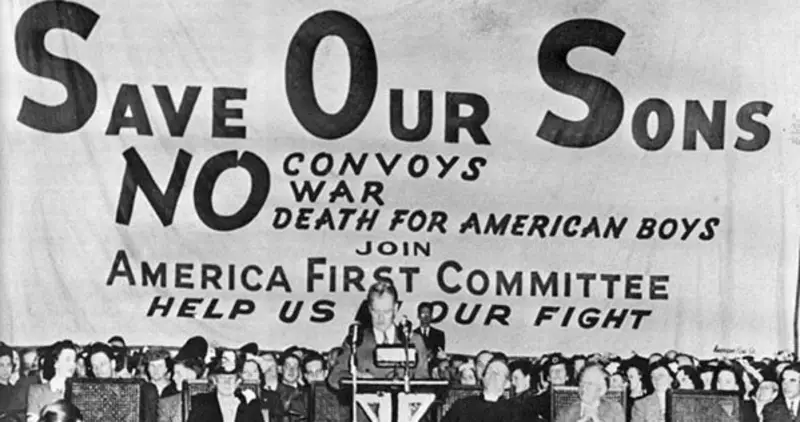Chapter 337: National Monarchism: Polish Georgeism/ Jerzyism
Chapter 337: National Monarchism: Polish Georgeism/ Jerzyism

The National Monarchism inside the Kingdom of Poland was heavily shaped was heavily shaped by Mashall Józef Piłsudski, who ruled Poland dictatorical from 1926 to 1939. President Ignacy Mościcki who followed him briefly had not the same impact, but President Władysław Raczkiewicz, Foreign Minister Józef Beck, the Commander-in-Chief of the Polish Army Edward Rydz-Śmigły and the cabinet after him had, as they decided to give the German Empire and the Austria-Hungarian Empire the territories back they lost after the Second Great War. Fashism and Nationalism, as well as antisemitism had by then been long on the rise in Poland, so when Germany and later the Axis Central Powers (mainly Austria-Hungary) made their demands and in return for territory guaranteed the Polish independence. The Ruling Council of the authoritarian state then chosed (after long debates, street battles and even some political assassinations) Georg, Crown Prince of Saxony as the new Polish King of the new National Monarchist pro-Axis Central Power Government. Like all National Monarchism (sometimes called the German Way, or Wilhelmism) the state was authoritarian, but partly democratic, even with a Polish Senate and Parliament (were major aristrocratic families, industrial and military families had their seats). King George I. (Jerzy I.) focussed heavily on the Polish ehtnicity as a hegemonic group and his new state propaganda and that of the Axis Central Power improved the relations with Poland and declared Poland to be the shield of Europe against the mad Barbarism of the Soviet Union ever since the Polish-Soviet war after the First Great War. The Polish population in this newly centralized Empire was more hedrogenous then ever before, as the Polish Kingdom had lost the majority of it's northern, western, southern and eastern territory (were the Kingdom of White Ruthenia and the Kingdom of Ukrainia were created out of the White Ruthenian and Ukrainian minorities there.
Eager to modernize the Kingdom of Poland (Polish: Królestwo Polskie), Georg I./ Jerzy I. Tried to be at best relationships with Germany, Austria-Hungary, the Kingdom of White Ruthenia, the Kingdom of Ukrainia, the United Baltic Duchy and the Russian Empire surrounding his nation with economic and friendship treaties. He modernized the older cavalry in the Polish Army to motorized and tank divisions, buying German and Austria-Hungarian equipment to do so and training his forces alongside their own. Getting rid of his far-right polish nationalists as well as communists and polish royals that opposed him during the Night of the National Monarchy, the new Polish King, his government and his military ruled without opposition and quickly cemented their rule and stability in the nation. His goal to open up the Polish Kingdom for all minorities and faith, including Jews to settle in his new state, earned King Jerzy I. new citizens and good relations with the Kingdom of White Ruthenia in the East. The and the Kingdom of Ukrainia exchanged ethnic populations of one another. King Jerzy I who would later be remembered in the Kingdom of Poland and among the Polish People as Jerzy the Just, Jerzy the Good and even Jerzy the Pole from Saxon, claimed that Love between Catholics, Protestant, and Jewish fellow citizens was the core of the new Polish Kingdom and that declaration earned him some opposition among ultra-national, far-right, socialist and far-left groups. King Jerzy I and his followers claimed that the Polish-Lithuanian Commonwealth had failed, because unlike their own National Monarchist Catholic State, it lacked the hegemony of a majority group in any way or form. The Polish Kingdom therefore was better of as a true ethnic national state and should not expand beyond the borders of it's own polish settlement, but concentrate solely on modernizing it's state, society, industry and army to be truly on-pair with the strong and powerfull Nation States of the Axis Central Power in Central and Western Europe. While some in his government still wished for a expansion to the Teutonic Sea (Baltic Sea) or the Black Sea to get access to the global naval network and to claim a true Polish Sea for themselves.
This modernization and industrialization to modern standrts was possible, because King George I. (Jerzy I.) managed to convince the Polish Ruling Class, it's citizens and even more so the rest of the Axis Central Power, that they should invest in Poland. Poles who had to leave the now once again German, Austria-Hungarian, White Ruthenian and Ukrainian territories and lands, could rely on the Polish Government to build them new, modern houses, financed by the Axis Central Powers that had former polish lands and now settled the once Polish towns and villages and paid for the new buildings, towns and cities in poland as a exchange. At the same time the Imperial German Army heavily financed and building of roads and railways, much to King George I. (Jerzy I.) pleasure who encouraged them and other foreign investors to freely do so. Clearly this Imperial German Army investment was a preparation to increase the infrastructure for the planned Eastern Crusade against the Soviet Union, but King George I. (Jerzy I.) could not care less why they would chose to do so, as long as they did. The reign of King George I. (Jerzy I.) stood under the motto; nationalization (and family), modernisation (and hard work to get there) and a national Polish fatherland.

The National Monarchism inside the Kingdom of Poland was heavily shaped was heavily shaped by Mashall Józef Piłsudski, who ruled Poland dictatorical from 1926 to 1939. President Ignacy Mościcki who followed him briefly had not the same impact, but President Władysław Raczkiewicz, Foreign Minister Józef Beck, the Commander-in-Chief of the Polish Army Edward Rydz-Śmigły and the cabinet after him had, as they decided to give the German Empire and the Austria-Hungarian Empire the territories back they lost after the Second Great War. Fashism and Nationalism, as well as antisemitism had by then been long on the rise in Poland, so when Germany and later the Axis Central Powers (mainly Austria-Hungary) made their demands and in return for territory guaranteed the Polish independence. The Ruling Council of the authoritarian state then chosed (after long debates, street battles and even some political assassinations) Georg, Crown Prince of Saxony as the new Polish King of the new National Monarchist pro-Axis Central Power Government. Like all National Monarchism (sometimes called the German Way, or Wilhelmism) the state was authoritarian, but partly democratic, even with a Polish Senate and Parliament (were major aristrocratic families, industrial and military families had their seats). King George I. (Jerzy I.) focussed heavily on the Polish ehtnicity as a hegemonic group and his new state propaganda and that of the Axis Central Power improved the relations with Poland and declared Poland to be the shield of Europe against the mad Barbarism of the Soviet Union ever since the Polish-Soviet war after the First Great War. The Polish population in this newly centralized Empire was more hedrogenous then ever before, as the Polish Kingdom had lost the majority of it's northern, western, southern and eastern territory (were the Kingdom of White Ruthenia and the Kingdom of Ukrainia were created out of the White Ruthenian and Ukrainian minorities there.
Eager to modernize the Kingdom of Poland (Polish: Królestwo Polskie), Georg I./ Jerzy I. Tried to be at best relationships with Germany, Austria-Hungary, the Kingdom of White Ruthenia, the Kingdom of Ukrainia, the United Baltic Duchy and the Russian Empire surrounding his nation with economic and friendship treaties. He modernized the older cavalry in the Polish Army to motorized and tank divisions, buying German and Austria-Hungarian equipment to do so and training his forces alongside their own. Getting rid of his far-right polish nationalists as well as communists and polish royals that opposed him during the Night of the National Monarchy, the new Polish King, his government and his military ruled without opposition and quickly cemented their rule and stability in the nation. His goal to open up the Polish Kingdom for all minorities and faith, including Jews to settle in his new state, earned King Jerzy I. new citizens and good relations with the Kingdom of White Ruthenia in the East. The and the Kingdom of Ukrainia exchanged ethnic populations of one another. King Jerzy I who would later be remembered in the Kingdom of Poland and among the Polish People as Jerzy the Just, Jerzy the Good and even Jerzy the Pole from Saxon, claimed that Love between Catholics, Protestant, and Jewish fellow citizens was the core of the new Polish Kingdom and that declaration earned him some opposition among ultra-national, far-right, socialist and far-left groups. King Jerzy I and his followers claimed that the Polish-Lithuanian Commonwealth had failed, because unlike their own National Monarchist Catholic State, it lacked the hegemony of a majority group in any way or form. The Polish Kingdom therefore was better of as a true ethnic national state and should not expand beyond the borders of it's own polish settlement, but concentrate solely on modernizing it's state, society, industry and army to be truly on-pair with the strong and powerfull Nation States of the Axis Central Power in Central and Western Europe. While some in his government still wished for a expansion to the Teutonic Sea (Baltic Sea) or the Black Sea to get access to the global naval network and to claim a true Polish Sea for themselves.
This modernization and industrialization to modern standrts was possible, because King George I. (Jerzy I.) managed to convince the Polish Ruling Class, it's citizens and even more so the rest of the Axis Central Power, that they should invest in Poland. Poles who had to leave the now once again German, Austria-Hungarian, White Ruthenian and Ukrainian territories and lands, could rely on the Polish Government to build them new, modern houses, financed by the Axis Central Powers that had former polish lands and now settled the once Polish towns and villages and paid for the new buildings, towns and cities in poland as a exchange. At the same time the Imperial German Army heavily financed and building of roads and railways, much to King George I. (Jerzy I.) pleasure who encouraged them and other foreign investors to freely do so. Clearly this Imperial German Army investment was a preparation to increase the infrastructure for the planned Eastern Crusade against the Soviet Union, but King George I. (Jerzy I.) could not care less why they would chose to do so, as long as they did. The reign of King George I. (Jerzy I.) stood under the motto; nationalization (and family), modernisation (and hard work to get there) and a national Polish fatherland.
Last edited:
